Master second grade sight words! Download a free list of sight words used in The Good and the Beautiful Level 2 Language Arts and some fun sight word games for practice.
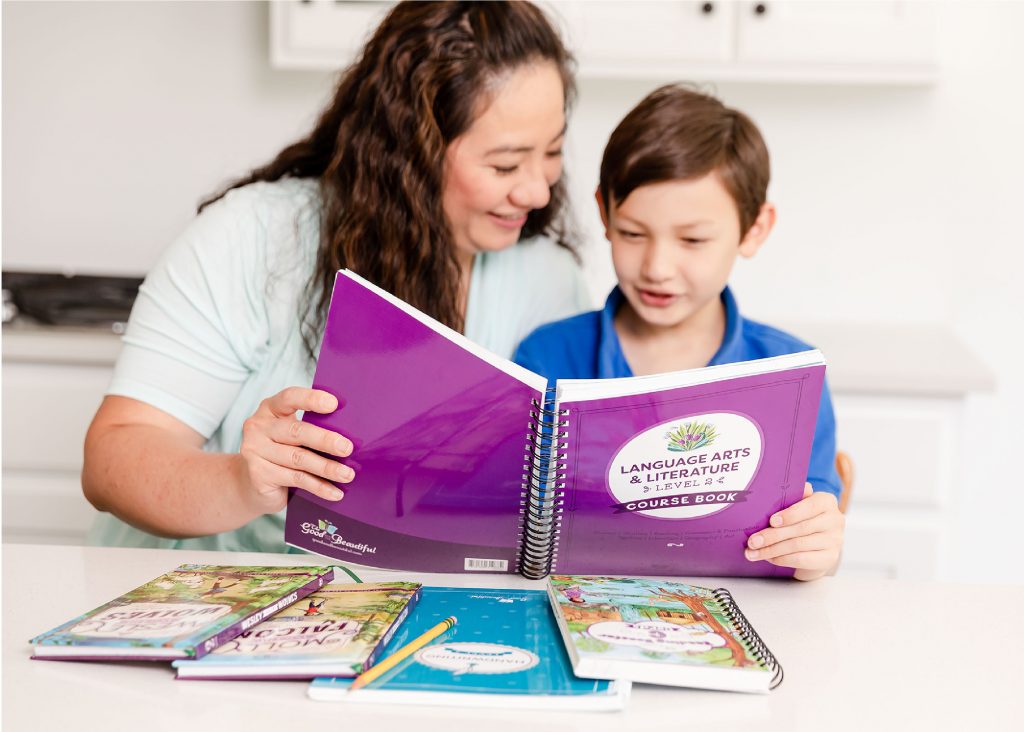
One goal of second grade is building confident readers. By this age children are confident in their letter sounds and most phonetic blends as they read. Mastering phonics and decoding are essential skills taught in The Good and the Beautiful Language Arts courses, but it is also helpful for second graders to learn a short list of high-frequency sight words.
The Good and the Beautiful Second Grade Sight Words List
Download a free Second Grade Sight Words poster, set of flashcards, and fun practice activities and games!
The Good and the Beautiful team carefully selected 40 high-frequency sight words for second-grade learners. Many of these are high-frequency words that are rule breakers or use complex phonics rules that children learn in later grades.
Use our free printable second-grade sight-words list to introduce words that are more difficult to spell phonetically.
Learn more about our award-winning second grade language arts homeschool curriculum!

Other Common Sight Words Lists
Dolch Sight Words List
The complete list of 220 Dolch Sight Words compiled in the 1930s and 1940s. It makes up about 80% of the words children third grade and younger read daily and about 50% of the words adults encounter.
Fry Sight Words List
The 1000 Fry Sight Words List was created in the 1950s and updated in 1980 by Dr. Edward Fry. The complete list contains 1,000 words that make up about 90% of the words we read in books, newspapers, and online. The list is divided into groups of 100 based on how frequently they are used.
*Both the Dolch and Fry lists of sight words are commonly used and contain many words that can be spelled phonetically. The Good and the Beautiful does not recommend using these lists as sight words lists because many of the words should be decoded at this age rather than memorized.

Should Children Memorize Sight Words?
| Pros of Memorizing Sight Words | If the child can’t read the most frequently used words in texts because he or she has not yet learned the more advanced phonics principles to decode the word, it can be helpful to memorize only those most frequently used words. Then the child doesn’t have to take time to stop and decode the words, and the child can read more quickly and pleasantly. |
| Cons of Memorizing Sight Words | Children have only a certain amount of time to learn each day. Memorizing words can be just as hard and take just as long as learning to decode the words. Time spent memorizing numerous high-frequency words can be overwhelming and time consuming. Using a good phonics program like The Good and the Beautiful Language Arts teaches the child how to decode and read those words as well as many others. |
| The Good and the Beautiful Philosophy on Sight Words | The Good and the Beautiful, one of the most widely used homeschool curriculum programs, focuses on phonics while having children memorize a short list of the highest-frequency words that can’t be easily decoded at this age level. This method has proven successful with hundreds of thousands of children using The Good and the Beautiful Language Arts Courses. |
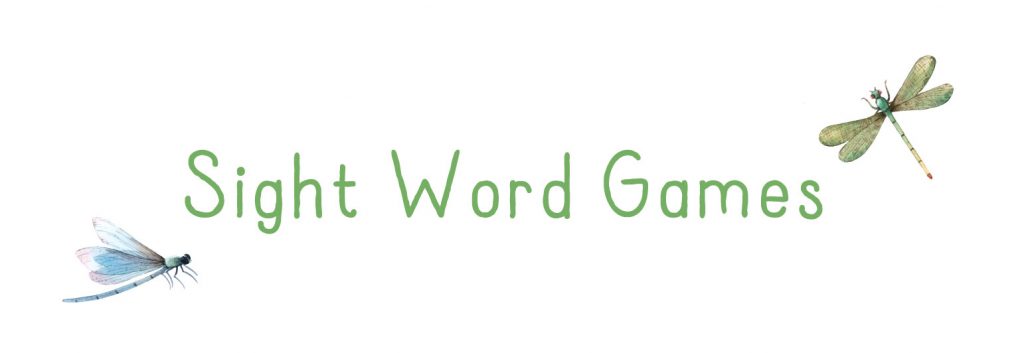



Check these out!
You may also like . . .











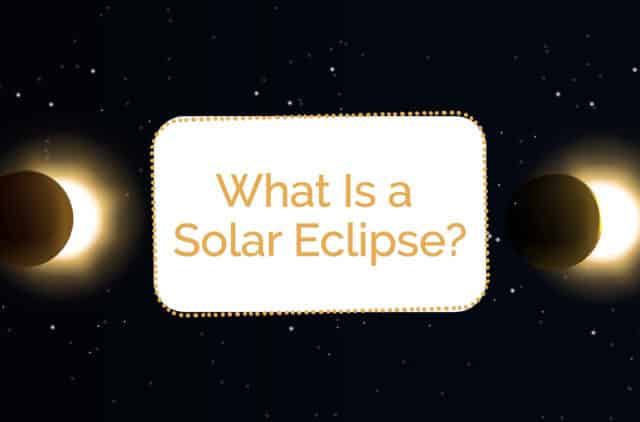



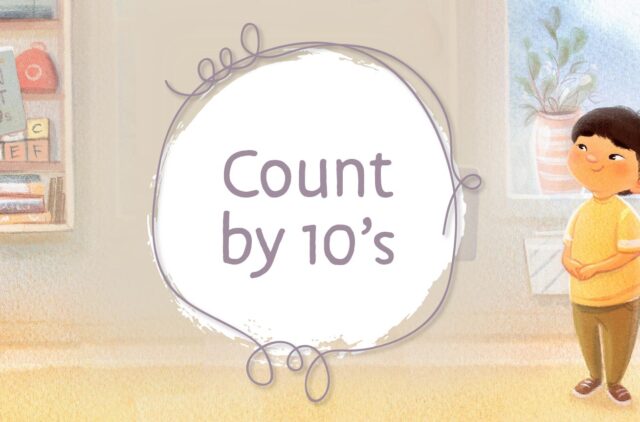
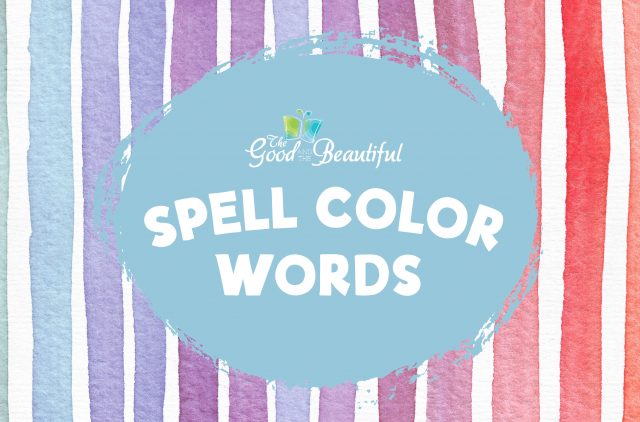




Comments
This is great! Will there be 3rd grade (and other grades) as well?
Thank you for your feedback, Kristie! Sight words are introduced in Kindergarten and taught in our Level 1 and 2 courses. Our Level 3 Language Arts Course (for 3rd Grade) incorporates Spelling Rules rather than sight words. You can find flashcards on our website HERE and spelling practice ideas on our blog HERE.
I’m already thinking ahead for next school year and this will be so helpful for my littlest!
thank you for this! my 6 year old just started Level 2 – and we are taking it slow, but this helps! thank you!
You guys think of the extra things that not everyone else thinks of— this is a great resource! And it’s such a blessing that you offer so much for free!!! 💛